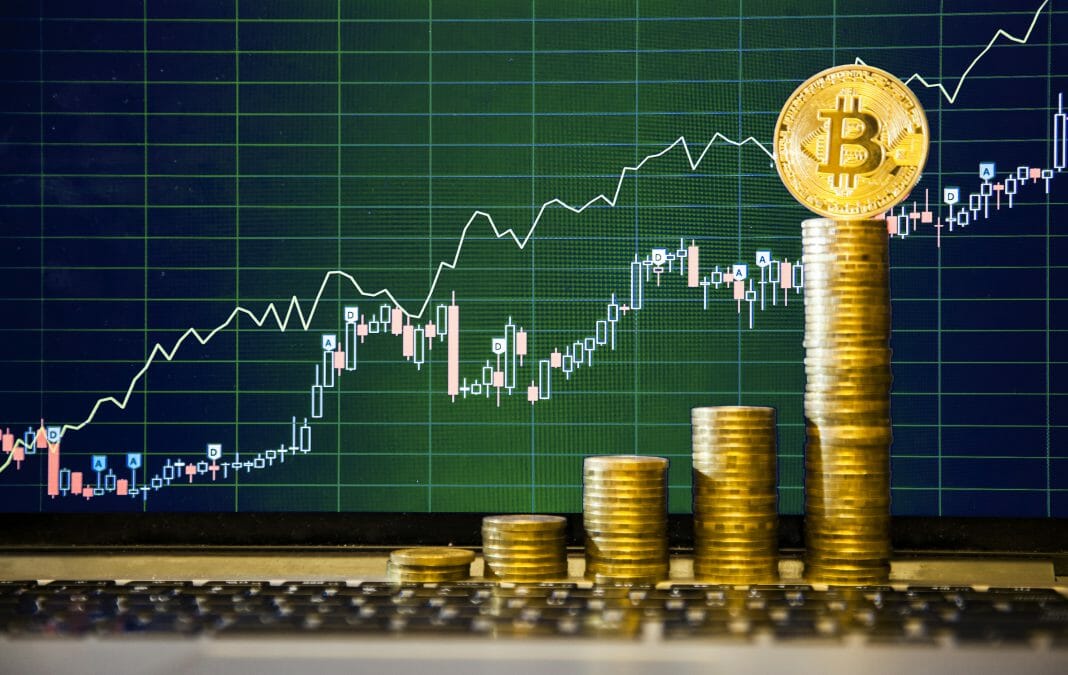Willy Woo connects the decline to a perception of risk on various investors. According to the analyst, the downturn is poorly related to the technical data of the network.
The analyst Willy Woo assured that the decline in the price of the cryptocurrency, which happened this weekend, does not receive backup from the technical fundamentals of the network.
The analyst exposed his views during his latest report on the bitcoin market, explaining that it is a sign of reaccumulation of the market.
Woo supports his views by stating that the recent movements of BTC get more connected to an environment that works in Risk-Off mode, which makes the perception of risk high, causing many investors to flee.
The analyst also adds that this perception of high risk became a factor that explains the weak performance of bitcoin, making the price of the cryptocurrency have a higher correlation with the stock markets.
Data from Bloomberg corroborates this increase, placing the 40-day correlation coefficient between Bitcoin and the Nasdaq 100 and S&P 500 Bitcoin indices at all-time highs.
Willy Woo explains, linking the downturn to the current macroeconomic environment, that typically, in these Risk-Off situations, bitcoin trades in a strong correlation with stocks and with little adherence to the data chain.
It is an explanation that shares many similarities with the one shown this Monday by the Spanish economist, Juan Ramón Rallo, who points to the possible increase in interest rates that the United States Federal Reserve (FED) intends to make this 2022, as the cause of the bitcoin drop.
Rallo explains that investors could be fleeing bitcoin and liquidating their positions to generate higher returns with financial assets and government bonds, among others.
A similar assessment came from the Goldman Sachs team, assuring that the possibility that the FED will apply a more aggressive policy than expected to control inflation would have brought fear among investors.
Downside Selling is not a Massive Activity
Woo also explained that this downward selling momentum does not experience backup from prominent investors. This situation takes place considering that most of the whales (owners of 1000 or more BTC) sold mainly during the past months of November and December, now being in a reaccumulation phase.
The analyst also saw that the actual selling by hodlers has been small compared to other bearish seasons, as these investors continue to hold onto their currencies. Woo says (and with this statement, he reinforced his build-up thesis) that this is nothing like what he saw in the last mini bear.
The analyst also compared the current market behavior with that observed between mid-2019 and the end of 2020. A period in which BTC oscillated between USD 10,000 for various months before jumping to almost USD 30,000 at the close of 2020; starting a bullish rally that lasted most of 2021.
By: Jenson Nuñez











